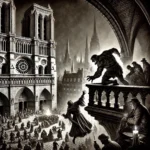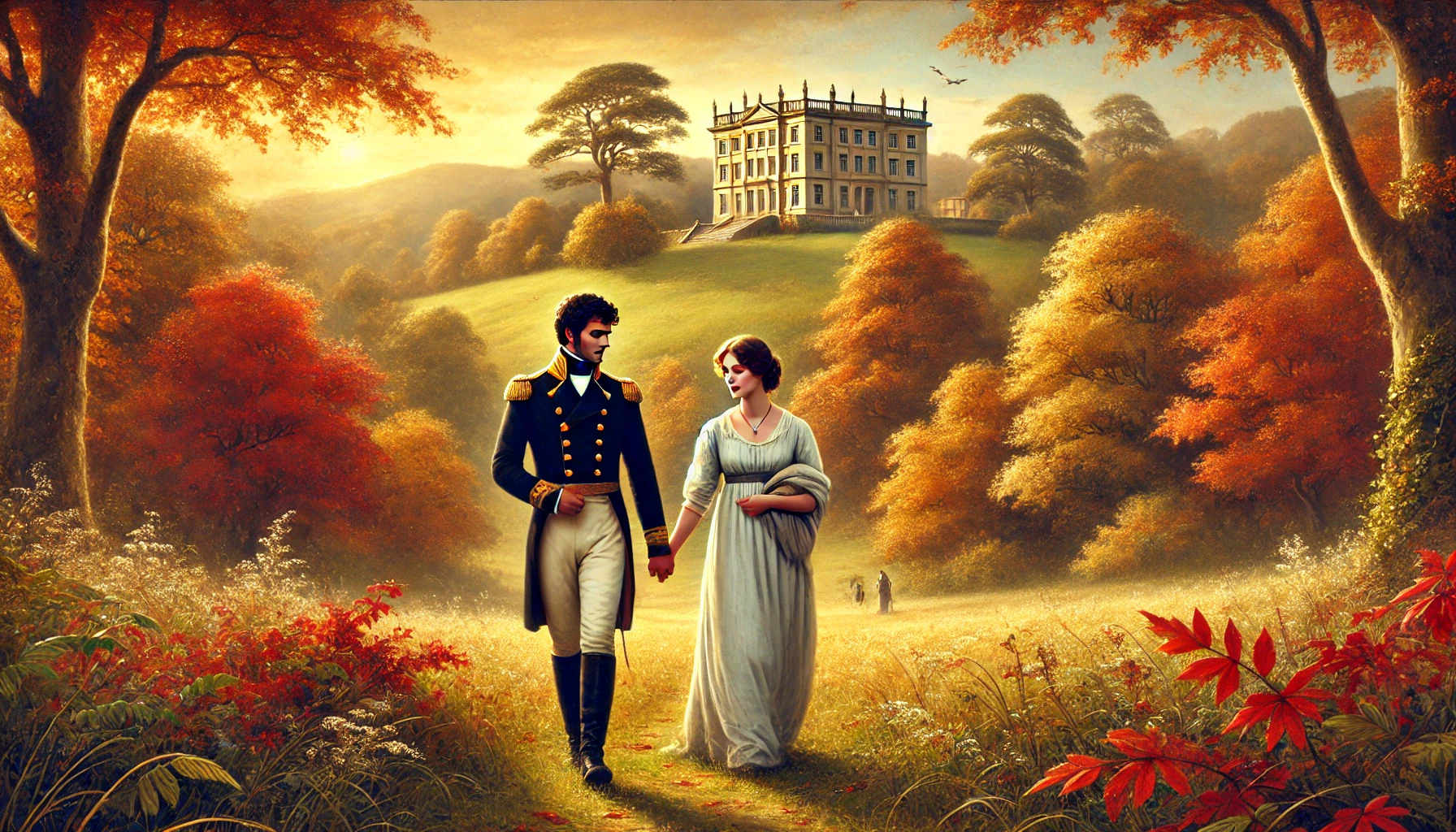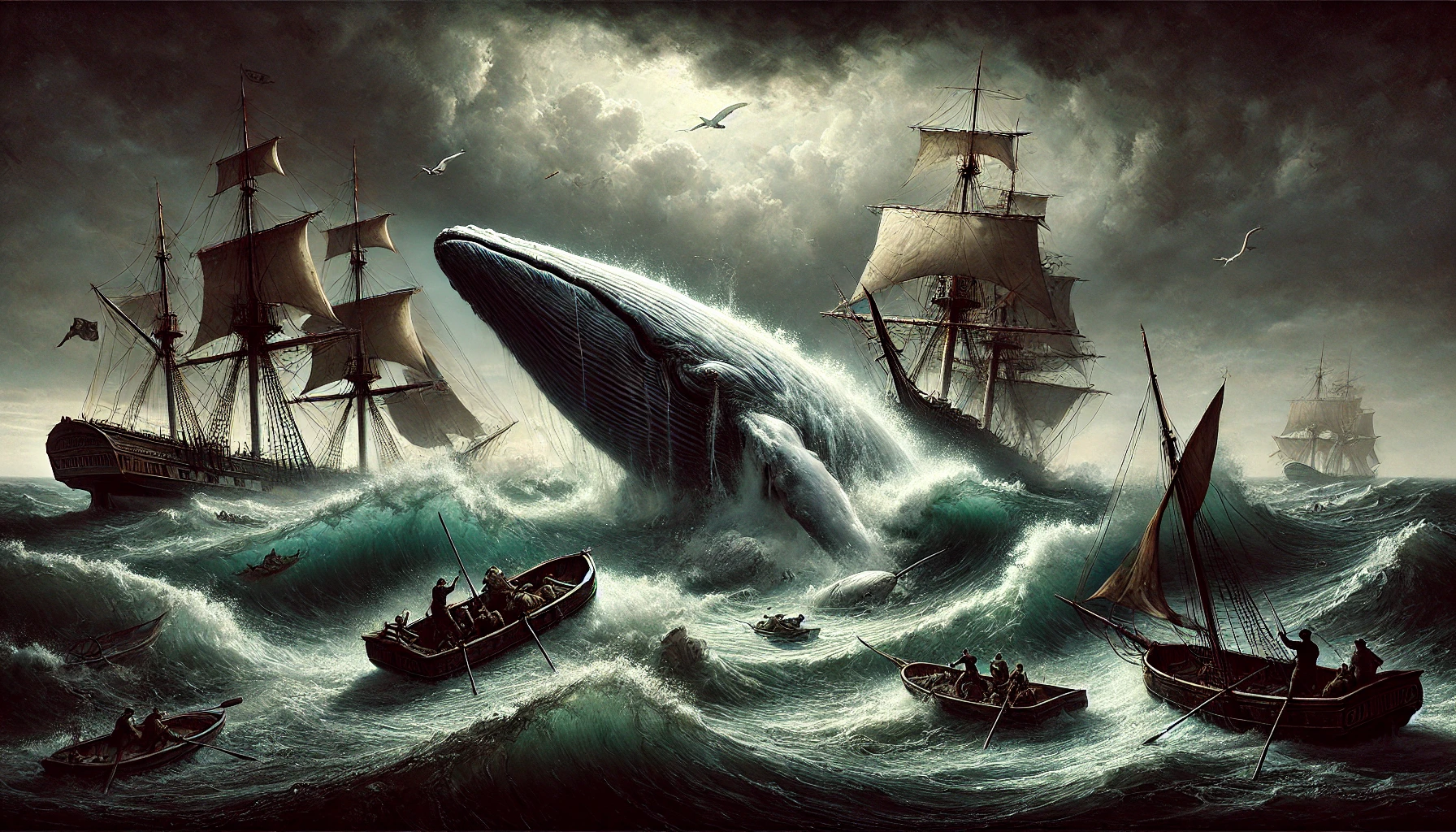“Les Misérables” by Victor Hugo is a sweeping epic that explores the lives of numerous characters over several decades, set against the backdrop of post-revolutionary France. The novel centers around themes of justice, mercy, love, and redemption, and follows the journey of its main character, Jean Valjean, an ex-convict seeking to escape his past and live a life of virtue. The story navigates through the social injustices of the time, especially the struggles of the impoverished and marginalized.
Plot Summary
In 1815, an ex-convict named Jean Valjean is released after serving 19 years in prison for stealing bread. Hardened by his experience, Valjean wanders from town to town, rejected by society until he finds refuge in the home of a kindly bishop. When Valjean steals the bishop’s silver and is caught by the authorities, the bishop shocks him by insisting the silver was a gift and even gives him more. This unexpected act of mercy transforms Valjean. Determined to turn his life around, he breaks his parole and disappears, assuming a new identity as Monsieur Madeleine, a wealthy factory owner and mayor of the small town of Montreuil-sur-Mer.
Meanwhile, a young woman named Fantine struggles to survive. After being abandoned by her lover, she is left to care for their daughter, Cosette. Fantine leaves Cosette with the Thénardiers, a cruel and greedy innkeeper couple, and sends them money to support her daughter, not knowing they treat her like a servant. When Fantine loses her job at Valjean’s factory due to gossip about her child, her life spirals downward. She turns to prostitution to make ends meet, her health deteriorating rapidly.
Inspector Javert, the relentless lawman who once guarded Valjean in prison, arrives in town and grows suspicious of the mayor’s true identity. When a man is wrongfully accused of being Valjean, the real Valjean faces a moral dilemma. He confesses his true identity to save the innocent man, but it comes at a price. Javert arrests Valjean, but before he can be taken away, Valjean promises the dying Fantine that he will care for Cosette. He escapes Javert and sets off to fulfill his vow.
Valjean rescues Cosette from the abusive Thénardiers and raises her as his own daughter. The two live in peace for several years, but Javert is never far behind. Valjean and Cosette eventually settle in Paris, where Valjean remains ever vigilant, knowing Javert’s pursuit is unyielding. As Cosette grows into a beautiful young woman, she captures the heart of Marius Pontmercy, a passionate law student with ties to revolutionary groups seeking to overthrow the oppressive monarchy.
Marius, estranged from his royalist grandfather, becomes deeply involved with the Friends of the ABC, a group of young revolutionaries led by the charismatic Enjolras. Their cause reaches a fever pitch when they construct barricades in the streets of Paris during the June Rebellion of 1832. As the city plunges into chaos, Marius throws himself into the fight, not knowing that Valjean, who has learned of his love for Cosette, follows him to the barricades to ensure his safety.
The rebellion is a doomed cause. The revolutionaries are outnumbered, and one by one, they fall. Éponine, the daughter of the Thénardiers, is secretly in love with Marius. Disguised as a boy, she joins the fight and takes a bullet meant for him, dying in his arms. Valjean arrives at the barricade in time to save Marius, carrying his unconscious body through the sewers of Paris as the city is overrun by government troops. Weakened and exhausted, Valjean finally emerges, only to find Javert waiting for him.
Javert’s rigid sense of justice has always guided him, but Valjean’s repeated acts of mercy begin to unravel his black-and-white view of the world. Valjean spares Javert’s life during the rebellion, and in return, Javert allows him to escape. Unable to reconcile his duty to the law with the mercy he has been shown, Javert is consumed by inner turmoil and takes his own life by leaping into the Seine.
Valjean returns to Cosette and Marius, who slowly recovers from his injuries. Marius, unaware of Valjean’s true identity, initially resents him for keeping Cosette sheltered, but soon learns of the ex-convict’s sacrifices. Despite his love for Cosette, Valjean feels unworthy of her and distances himself after her marriage to Marius. He retreats into solitude, convinced that his presence will taint their happiness.
As Valjean’s health deteriorates, Marius uncovers the truth about his past and the immense debt they owe him. Filled with remorse, Marius and Cosette rush to Valjean’s side. In the final moments of his life, surrounded by the people he loves most, Valjean finds peace. He looks back on his journey—from the depths of despair to the heights of redemption—and dies content, knowing that he has fulfilled his promise to Fantine and lived a life of compassion and grace.
The world outside continues, indifferent to the quiet passing of a man who once was a criminal but died a saint. The barricades have fallen, and the streets are quiet, but the memory of those who fought, loved, and sacrificed remains. Valjean’s soul, freed from the weight of his burdens, ascends to a place where the struggles of the world no longer hold sway, leaving behind a legacy of redemption, love, and mercy.
Main Characters
Jean Valjean – A former convict who, after serving 19 years in prison for stealing bread, emerges seeking redemption. Throughout the novel, Valjean’s life is shaped by his encounters with compassion and cruelty, pushing him to transform into a force of good while constantly haunted by his past.
Inspector Javert – A rigid and morally uncompromising police officer. He becomes obsessed with hunting Valjean, seeing him as irredeemable. Javert represents the inflexibility of the law and struggles with the concept of mercy.
Fantine – A destitute woman who resorts to prostitution to provide for her daughter, Cosette. Her story is one of tragic sacrifice, and her life spirals into despair after being abandoned by the father of her child and fired from her job.
Cosette – Fantine’s daughter, who is rescued from abuse by Valjean. She grows up under his care and becomes a symbol of purity and hope in his life.
Marius Pontmercy – A young law student and revolutionary who falls in love with Cosette. He is torn between his loyalty to the revolutionary cause and his love for her.
Éponine – The daughter of the Thénardiers, she grows up with Cosette and later falls in unrequited love with Marius. She exemplifies the harsh effects of poverty but shows moments of deep selflessness.
The Thénardiers – A corrupt and cruel couple who exploit those around them, especially Cosette when she is left in their care. They represent the dark, self-serving side of society.
Theme
Redemption and Forgiveness – Central to Jean Valjean’s journey, the novel explores how acts of kindness and the capacity for change can redeem even the most tarnished souls. Valjean’s transformation begins after the Bishop’s act of mercy, setting him on a path of moral growth.
Justice vs. Mercy – Javert’s unyielding dedication to the law contrasts with Valjean’s growing belief in mercy and compassion. The tension between these concepts underscores the novel’s moral conflicts.
Social Injustice and Poverty – Hugo paints a vivid picture of the suffering endured by the poor in 19th-century France. Through characters like Fantine and the Thénardiers, the novel critiques a society that neglects its most vulnerable.
Love and Sacrifice – Both romantic and familial love are portrayed throughout the novel. Valjean’s fatherly love for Cosette drives much of the plot, while Fantine’s sacrifices for her daughter exemplify the selflessness of parental love.
Revolution and Idealism – The revolutionary fervor that grips Marius and his companions highlights the clash between youthful idealism and harsh political realities. The barricades of Paris become a symbol of the fight for justice and change.
Writing Style and Tone
Victor Hugo’s writing in Les Misérables is grand and deeply emotional, blending social commentary with human drama. His prose is lyrical and expansive, often digressing into philosophical reflections, such as on justice, poverty, or the nature of human suffering. His detailed descriptions of Paris, as well as the inner lives of his characters, create a rich, immersive atmosphere. Hugo often uses irony, particularly in his portrayal of Javert’s rigid sense of morality and how it leads to his downfall.
The tone varies, moving from tragic to uplifting, from grim depictions of poverty to moments of profound spiritual beauty. Hugo’s language can be didactic, using the characters’ experiences as a means to critique the injustices of society, but it is also full of empathy for the suffering and struggles of his characters. His voice is both that of a storyteller and a moral philosopher, inviting readers to reflect on the nature of good, evil, and the possibility of redemption.
We hope this summary has sparked your interest and would appreciate you following Celsius 233 on social media:
There’s a treasure trove of other fascinating book summaries waiting for you. Check out our collection of stories that inspire, thrill, and provoke thought, just like this one by checking out the Book Shelf or the Library
Remember, while our summaries capture the essence, they can never replace the full experience of reading the book. If this summary intrigued you, consider diving into the complete story – buy the book and immerse yourself in the author’s original work.
If you want to request a book summary, click here.
When Saurabh is not working/watching football/reading books/traveling, you can reach him via Twitter/X, LinkedIn, or Threads
Restart reading!








